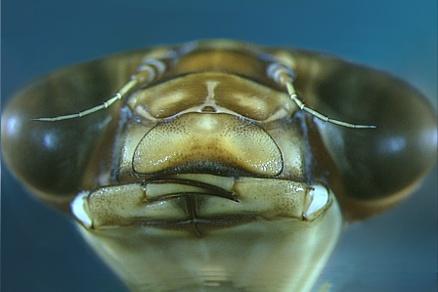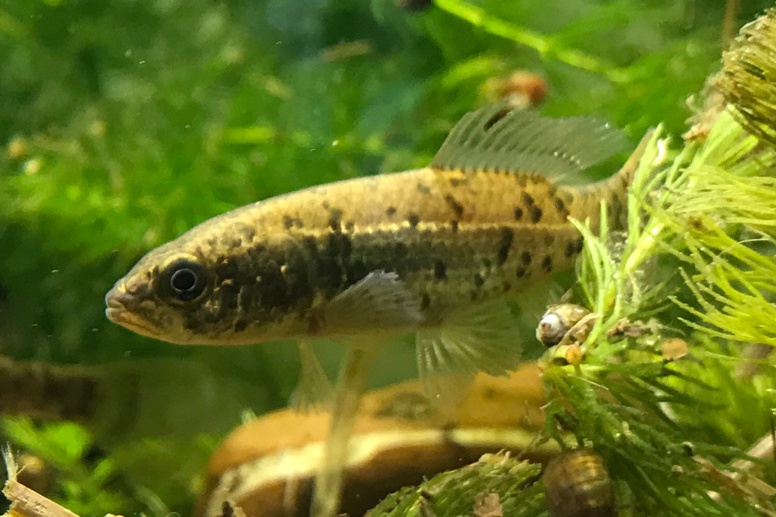mosquitoes
monitoring
& regulation
NAVIGATION
MOSQUITOES
mosquitoes as vectors
Mosquitoes are the most important medically relevant group of insects. As vectors of serious deseases like malaria or of a number of arbo-viruses (arthropod-borne viruses), tropical and subtropical species in particular, but also some species found in Central Europe, pose a potential health risk. These also include invasive species with a high vector capacity, such as Aedes albopictus or A. japonicus that have been introduced to Europe from Asia.
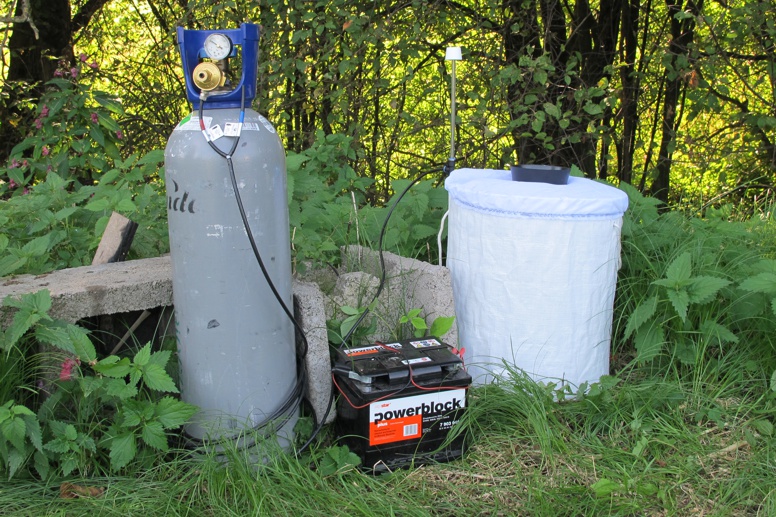
Picture above: Use of Sentinel CO2 traps to catch blood-sucking imagines of the order Diptera
In addition mosquitoes are a pest and annoying blood-suckers and many species, especially those of the genera Aedes and Culex, parasitize on mammals, including humans.
The Eutaxa company is offering a comprehensive monitoring of aquatic stages and adult mosquitoes for years, including the development of strategies for their control using biological means. We deliberately refrain from using chemical substances or bacterial control to avoid any negative effects on other insect species.
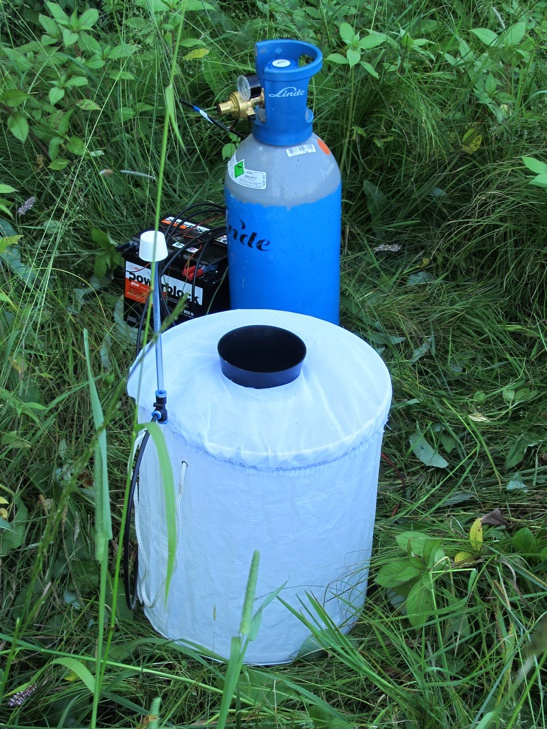
Monitoring
By combining different collection techniques, such as CO2 traps to catch adult stages, net traps to record the species spectrum and emergence funnel traps as a quantitative collection method, the diversity and abundance of mosquitoes can be well documented.
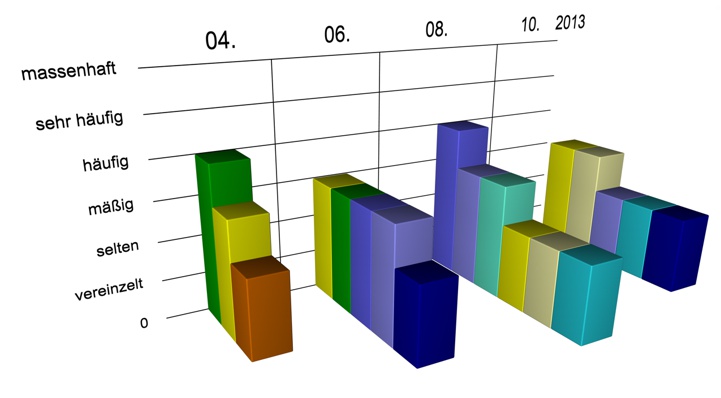
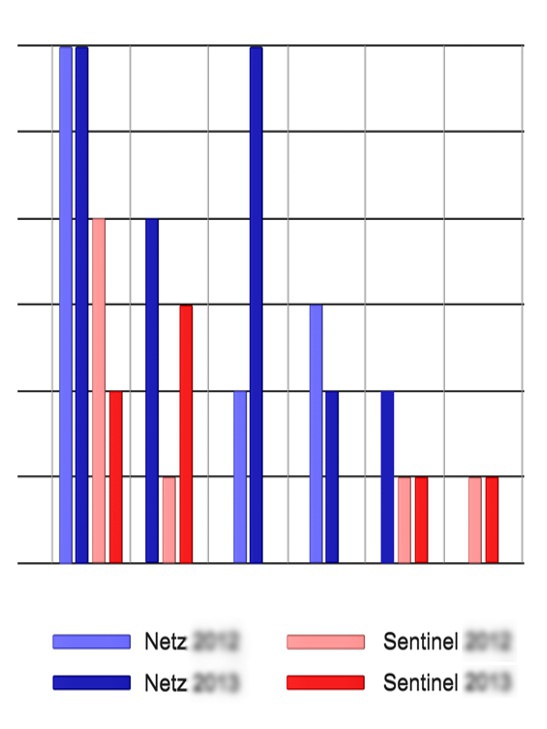
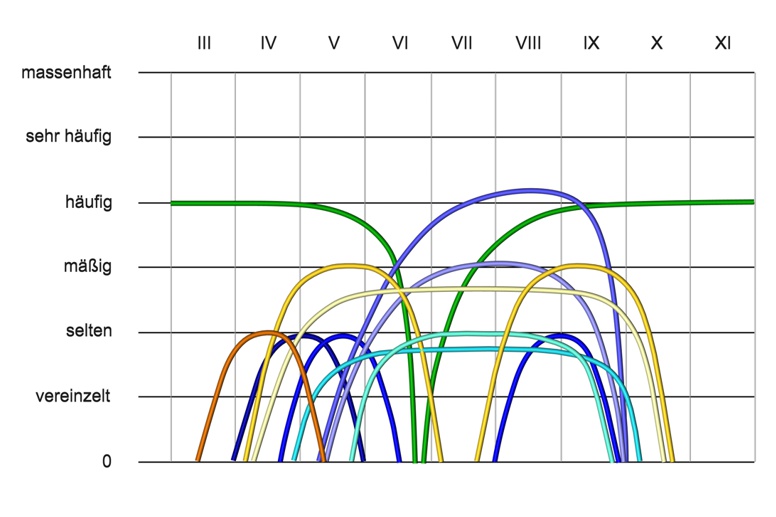
reconstruction of life-cycles
The data obtained can be used to reconstruct the generation cycles of the relevant species (see diagram above) and to better assess the appropriate-ness, timing and intensity of any regulatory measures.
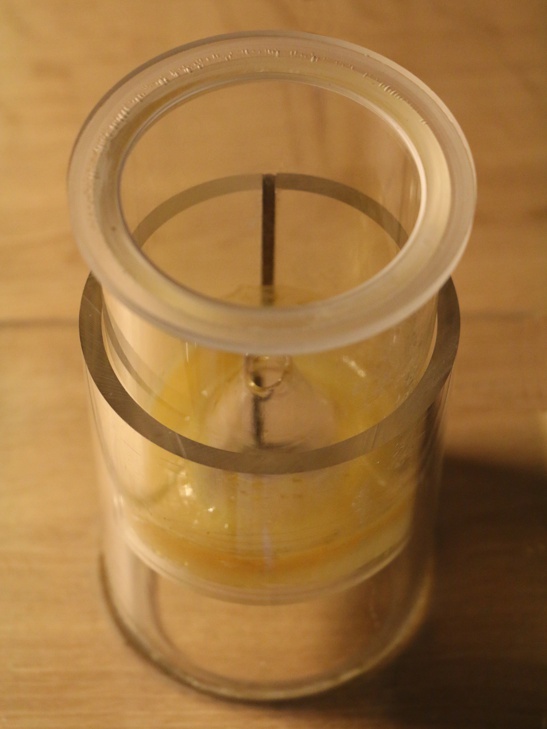
quantitive analyses
Studies on the population size of mosquitoes are rather difficult because CO2 traps are used as a qualitative method for evaluating the diversity of flying adults, and netting of larvae does not provide quantitative data per unit area. For this reason, we limit the usage of net trapping to small temporary water bodies and employ floating emergence traps with a surface area of one square meter to catch hatching mosquitoes in Plexiglas head boxes (left picture).
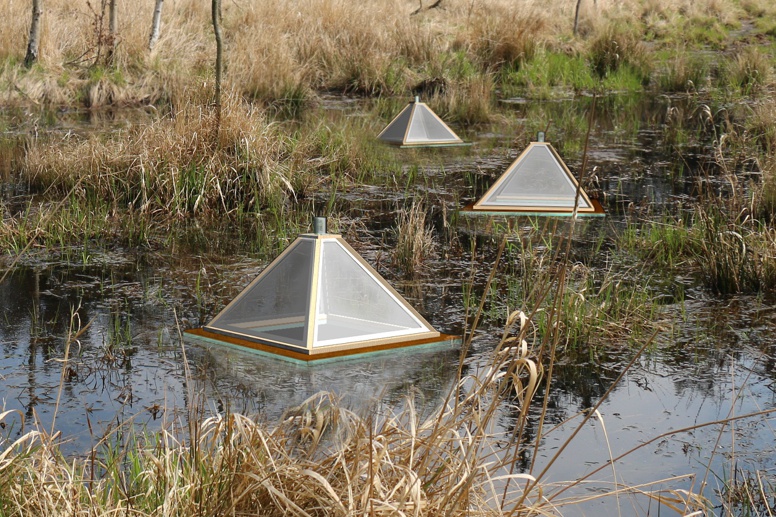
Picture above: Exposure of three emergence funnel traps in a flooded meadow in the northern Waldviertel for qualitative and quantitative studies of mosquito populations.
Not only the hatching mosquito adults are caught in the head boxes of the emergence traps, although these usually make up the majority of the catches, but also numerous species from other aquatic insect groups as by-catch, which can be analyzed, for example, as part of dissertations or theses.
The samples also provide valuable insights into the effects of mosquito control measures, e.g. regulation with Bacillus thuringensis isrealensis, on other insect groups (Chironomidae or Ceratopogonidae).
evaluation of samples
The catches are analyzed in the laboratory and both aquatic and terrestrial stages are determined down to species level. The Eutaxa company has been working for many years on the taxonomic processing of aquatic dipterans, including the identification of culicid species. The first edition of the electronic identification key for the identification of larvae, pupae and male imagines of Central and Western European species was published in 2005; an updated version followed in 2023. An extended version, including female imagines of the species covered by the key is being planned.
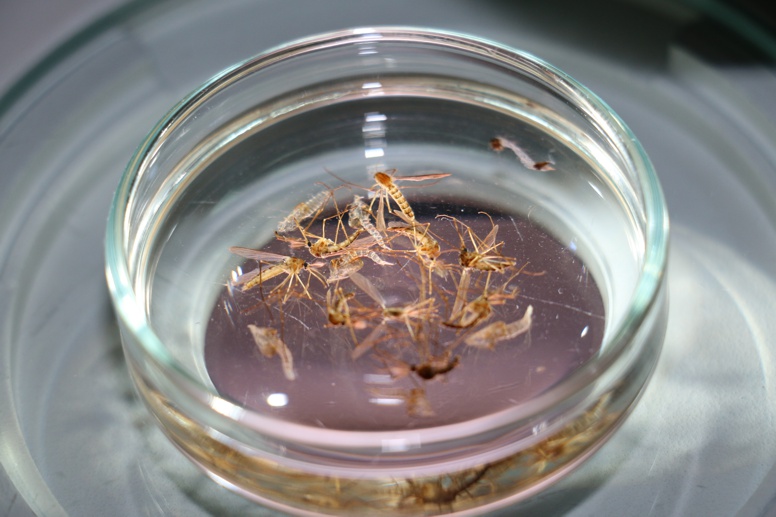
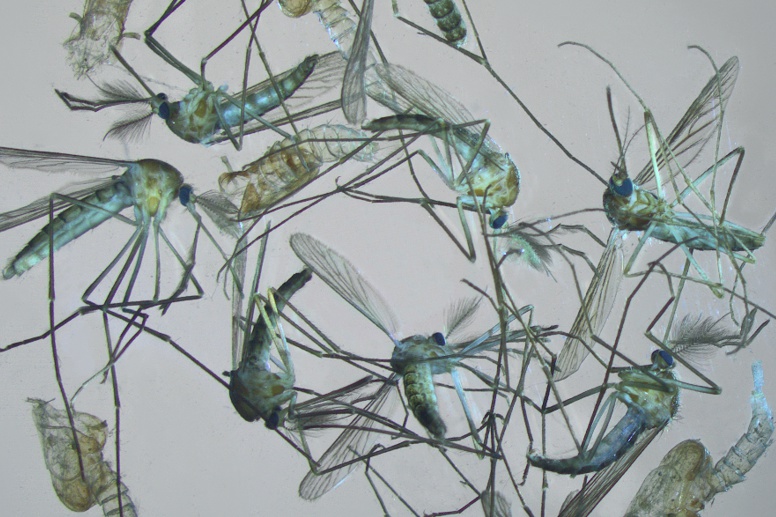
regulation
The company offers concepts for the control of mosquito populations, usually in the form of population regulation by natural predators. BTI (Bacillus thuringensis israelensis) can be used selectively, especially in case of small water bodies with a short residence time, in which larvae develop well and in large numbers due to the absence of predators. The release of fish to control mosquito larvae is only recommended in aquatic habitats without relevant amphibian populations. Eastern mosquitofish (Gambusia holbrooki) for the seasonal use in garden ponds (as they cannot survive cold winter temperatures) are kept in the company’s aquarium facility (Research & Innovation).
